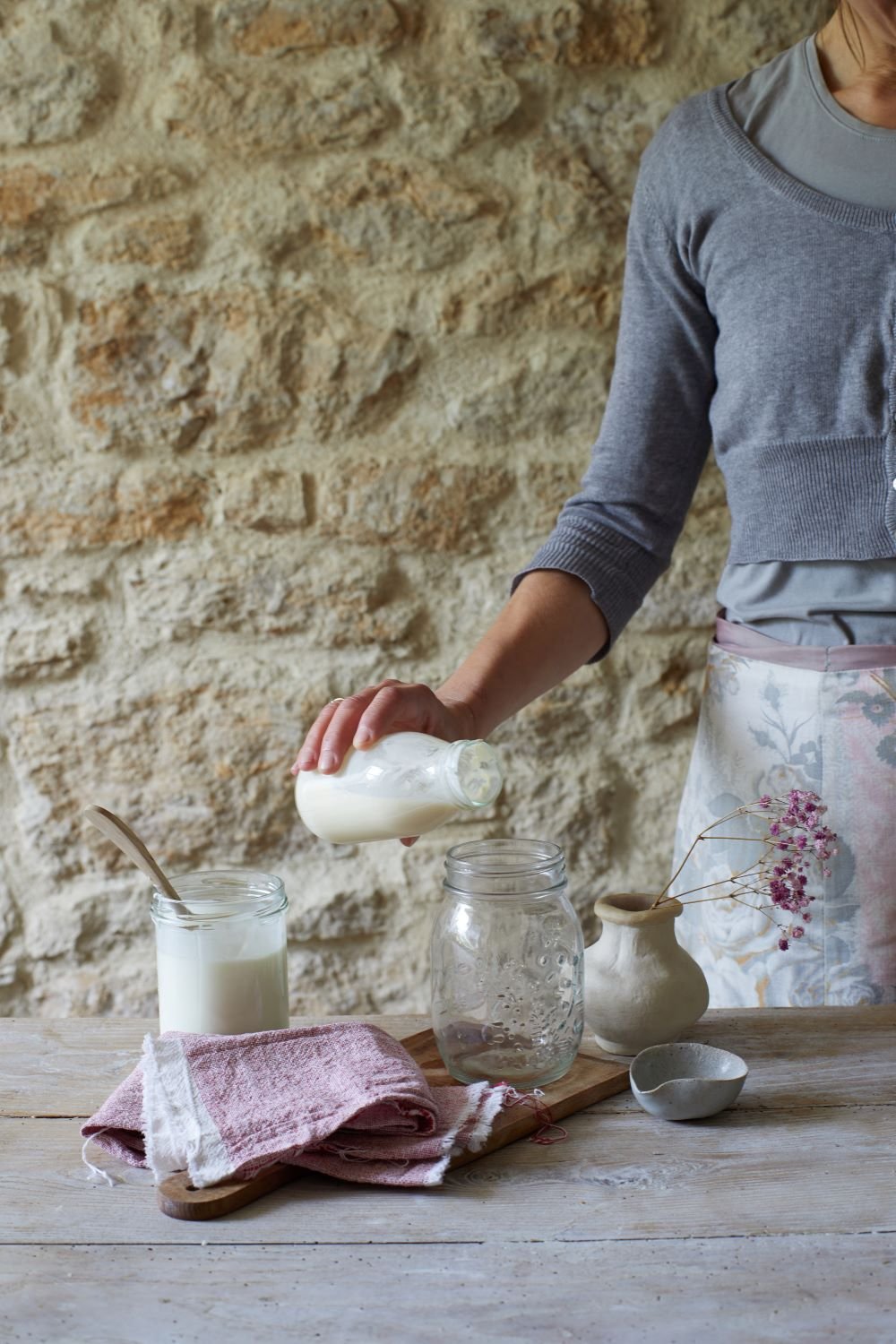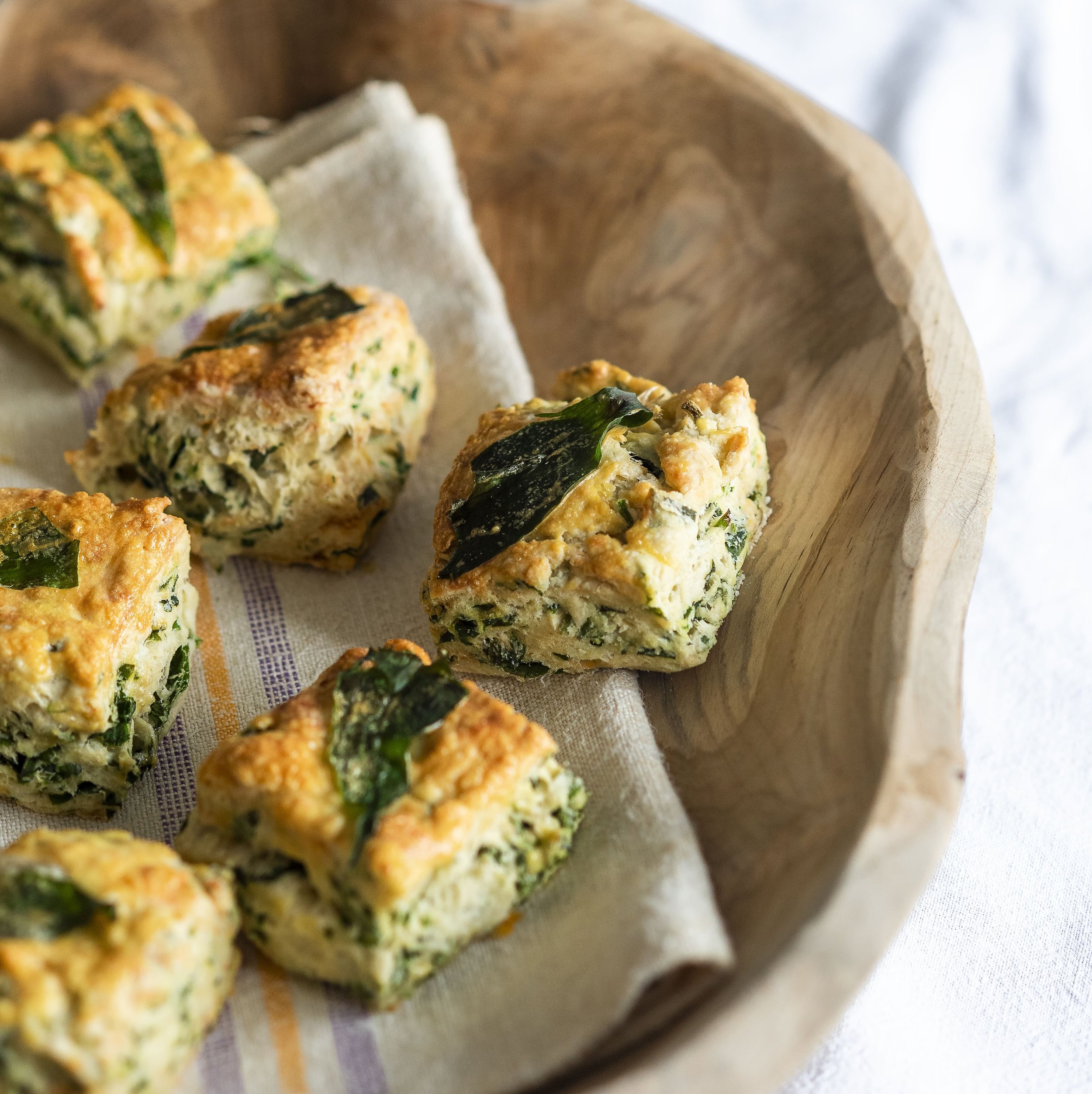Spend a Sunday getting your woollies out of mothballs and freshening them up ready to do their duty again as the weather cools
Washing woollies
Modern machines are not a friend to woollies – we’ve all had that bad experience where we’ve accidentally put it on a dry spin and that beautiful woollen jumper has come out horribly shrunk. We’d advise only ever hand-washing your beautiful knits and leaving them to air-dry. If that sounds like a lot of work, the good news is that pure wool doesn’t need to be washed frequently. Rather than washing the full garment, try spot- cleaning any marks instead – there’s a guide at woolmark.com/care on what type of treatment works best for what kind of stain. When storing woollens, it’s best to fold rather than hang them, as they keep their shape better. If you need to pack them away, use vacuum-sealed bags or cloth bags and it’s worth checking on them in the summer months to make sure no bugs have made their way in. Rather than using mothballs, cedar blocks are a natural alternative that smell nice and keep moisture out.
Bobbles, begone!
A common problem with knitwear is bobbles. As you wear clothes, the fibres stretch and break from the friction of being worn, as well as from washing and drying. This creates small balls of fibres. While you can’t stop this from happening, using a liquid detergent, washing woollens inside out and air-drying them can all help to prevent too many forming. To remove bobbles, you can find electric fabric shavers online. A lint roller or Sellotape can also work, but may pull on the threads, so be careful. It’s best to use a lint remover or a new razor – the blades make easy work of bobbles.
The advice above is taken from our October Home Economics feature on mending woollens. You can find it on page 46 of the issue.
Buy this month's The Simple Things - buy, download or subscribe

























